Capturing the natural behaviors of animals on film offers a unique window into the wonders of the wild. From the intricate courtship dances of birds of paradise to the awe-inspiring migration of monarch butterflies, these moments reveal the beauty and complexity of the animal kingdom. Each behavior is not only fascinating to observe but also tells a deeper story about survival, adaptation, and communication. In this article, we explore some of the most stunning natural behaviors that make these animals unforgettable subjects for filmmakers and nature enthusiasts alike.
Humpback Whales
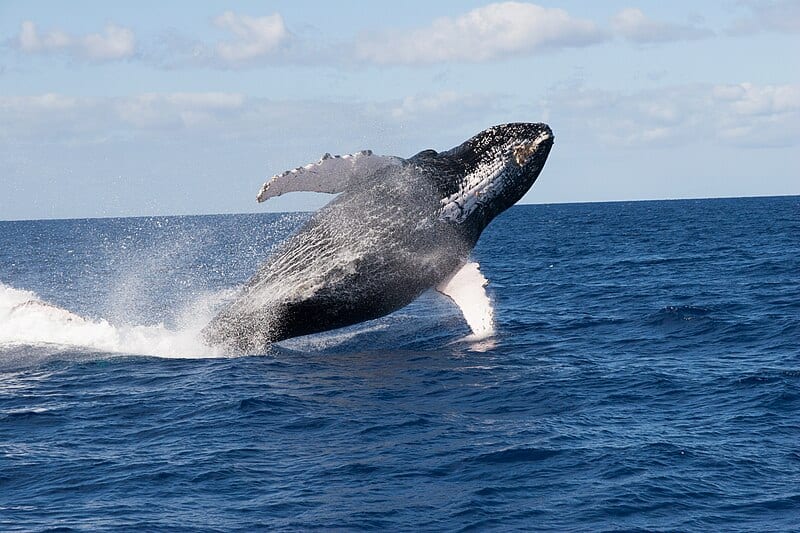
Humpback whales are known for their mesmerizing acrobatic displays, which include breaching, tail slapping, and bubble net feeding. Their haunting songs, which can be heard miles away underwater, add another layer of intrigue to these marine giants. Each behavior, especially breaching, is a breathtaking moment of power and grace captured on film. Watching a pod work together to trap fish with a bubble net is a remarkable display of intelligence and coordination. These scenes are a must-see for wildlife enthusiasts and filmmakers alike.
Arctic Foxes
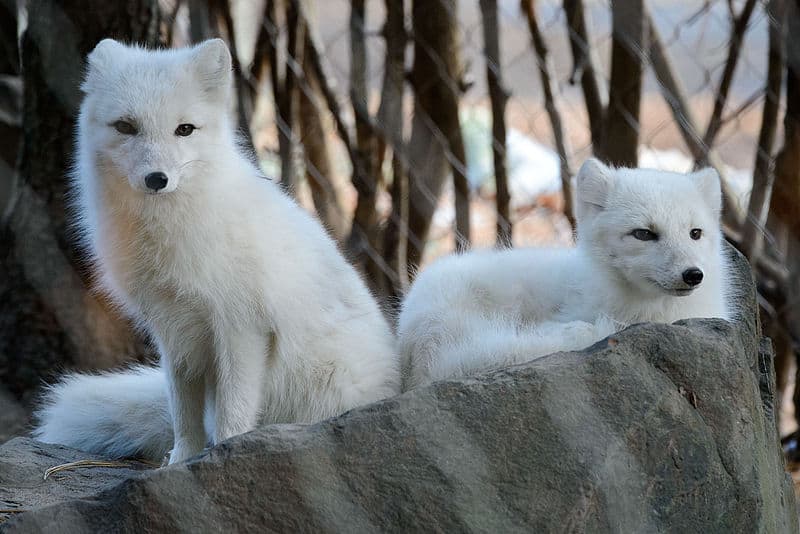
Arctic foxes exhibit a fascinating hunting technique called “mousing,” where they leap into the air and dive into the snow to catch prey hiding beneath. This behavior is not only effective but also visually stunning, particularly against the stark white Arctic backdrop. The fox’s ability to detect and pinpoint prey under a thick layer of snow showcases its exceptional hearing and hunting prowess. As the seasons change, the fox’s coat transforms from white to brown, adding another visual element to this already captivating animal. Filming an Arctic fox in action is a true testament to nature’s ingenuity.
Leafcutter Ants
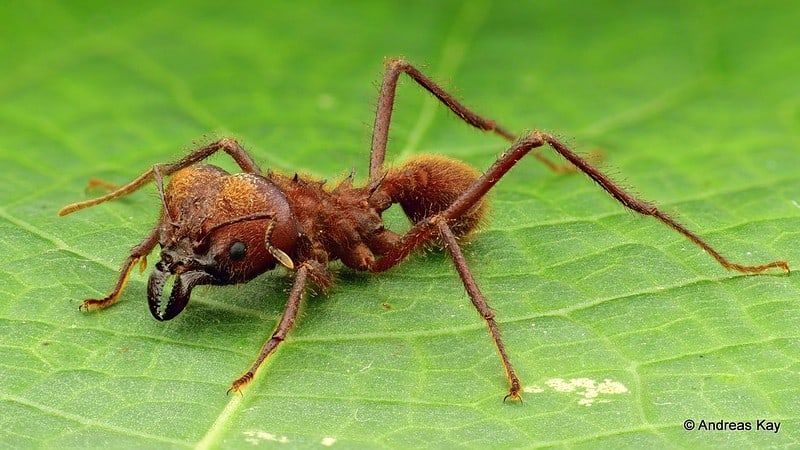
Leafcutter ants are known for their extraordinary teamwork and the ability to carry leaves many times their own body weight. Watching them march in long lines, carrying leaf fragments to their underground colonies, is a spectacle of natural engineering. These ants don’t just eat the leaves; they use them to cultivate fungus, which serves as their primary food source. This complex symbiotic relationship between the ants and the fungus is a unique story to capture on film. The precision and organization of their movements make for a captivating visual narrative.
Cuttlefish
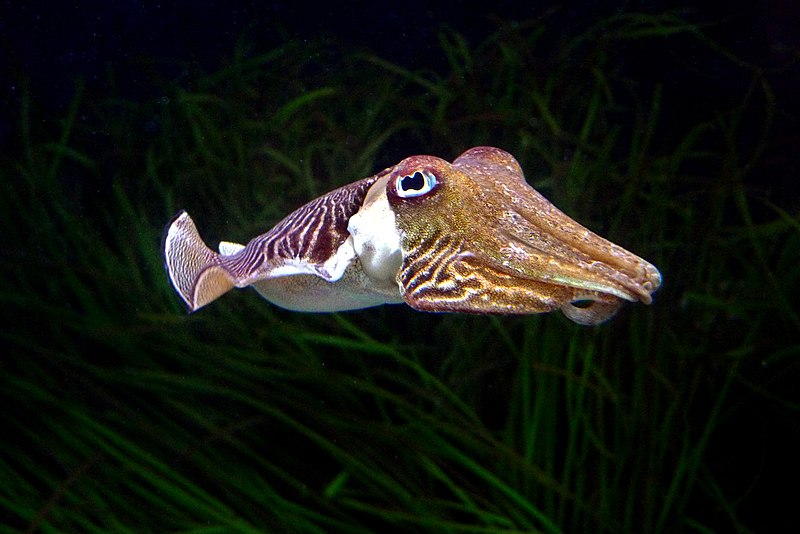
Cuttlefish are masters of camouflage, able to change their skin color and texture in an instant to blend into their surroundings or communicate with others. Their rapid color-changing ability, driven by specialized cells called chromatophores, creates a stunning visual display. This cephalopod’s mimicry is not just for hiding; it also uses it to mesmerize prey before striking. Additionally, cuttlefish have a unique way of swimming, with undulating fins that ripple along their bodies, adding to their otherworldly appearance. Capturing a cuttlefish’s behavior on film offers a glimpse into the ocean’s most enigmatic creatures.
Snow Monkeys (Japanese Macaques)
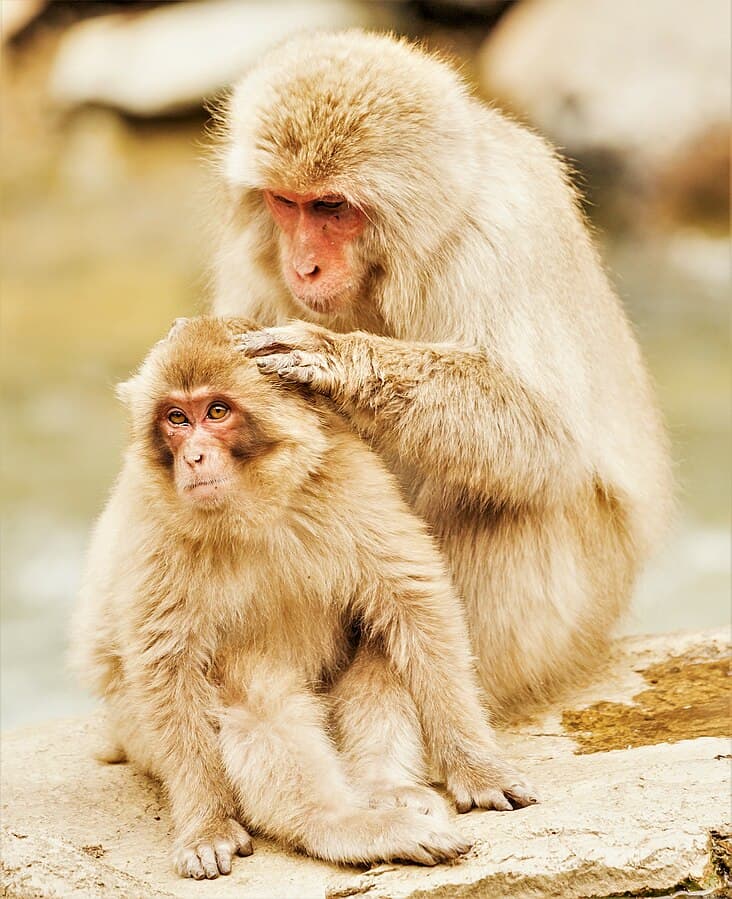
Japanese macaques, or snow monkeys, are famous for their behavior of bathing in hot springs to keep warm during the harsh winter months. The sight of these primates relaxing in the steamy waters, surrounded by snow, is both unusual and heartwarming. Their social interactions, which include grooming and playful fights, add depth to their story. This unique adaptation to their environment, combined with their expressive faces, makes them a compelling subject for wildlife cinematography. Filming snow monkeys offers a rare insight into animal behavior influenced by extreme weather conditions.
Birds of Paradise
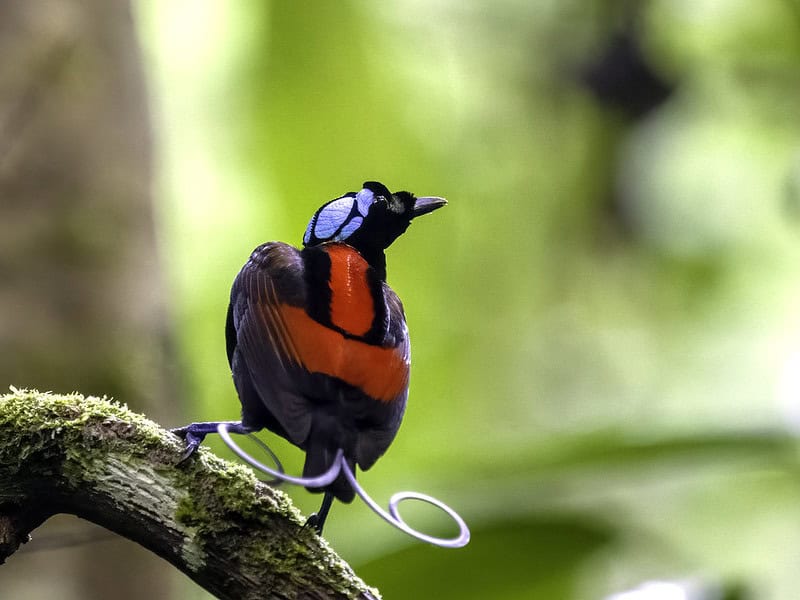
Birds of paradise are known for their extraordinary courtship dances and vibrant plumage, making them a visual feast for any filmmaker. The males perform intricate and highly choreographed displays to attract females, often involving complex movements and stunning feather displays. These dances are not only about showing off but also about demonstrating fitness and survival skills. Each species has its own unique dance, making them one of the most diverse and fascinating groups of birds to observe. Capturing these performances on film is like recording a piece of natural art in motion.
Emperor Penguins
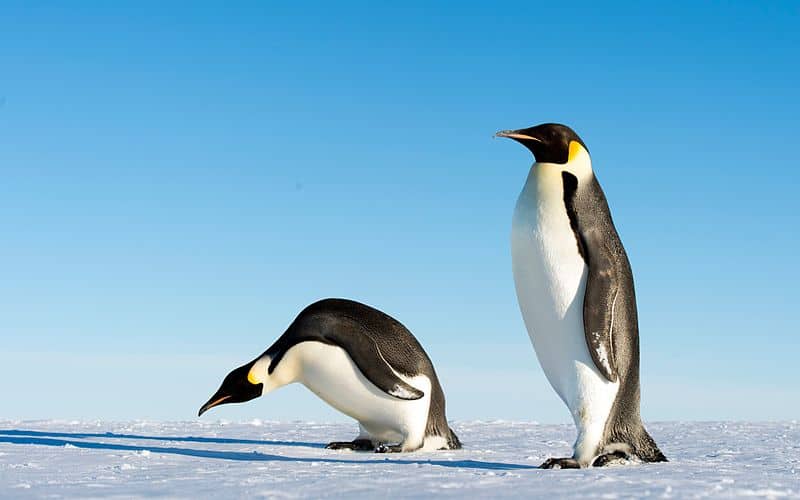
The epic journey of emperor penguins during breeding season is one of the most inspiring natural behaviors to capture on film. These penguins trek over 100 miles across the Antarctic ice to reach their breeding grounds, enduring extreme cold and harsh winds. Once there, the males incubate the eggs, balancing them on their feet for months without food, while the females return to the ocean to feed. The sight of thousands of penguins huddling together for warmth and protection is both awe-inspiring and humbling. Filming this incredible story of survival offers a profound look into the resilience of life in extreme environments.
Sea Turtles
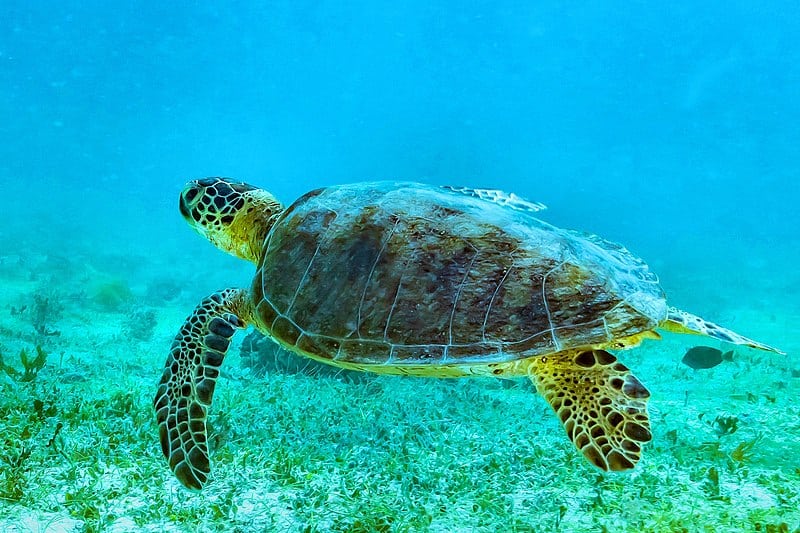
Watching sea turtles during their nesting season is a captivating experience that highlights the ancient rhythms of the natural world. These creatures travel thousands of miles across oceans, returning to the same beaches where they were born to lay their eggs. The sight of a turtle laboriously digging a nest in the sand under the moonlight, then laying hundreds of eggs, is both serene and dramatic. Once the hatchlings emerge, their race to the ocean, dodging predators along the way, is a tense and thrilling moment to capture. This life cycle, played out over millions of years, is a testament to nature’s enduring patterns.
Meerkats
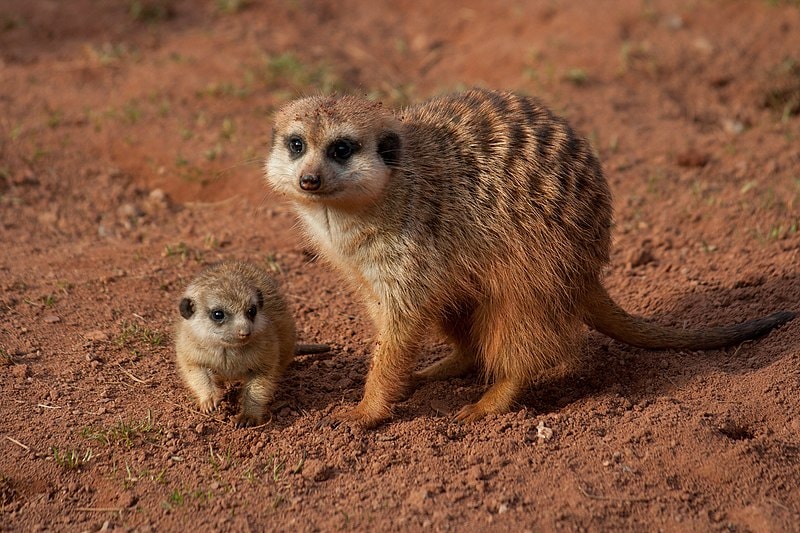
Meerkats are known for their highly social behavior and the way they work together to survive in the harsh desert environment. Their sentinel behavior, where one meerkat stands guard while the others forage or play, is a fascinating display of teamwork and vigilance. These small mammals are also very expressive, with a wide range of vocalizations and body language used to communicate with each other. Watching a mob of meerkats interacting is a delightful mix of playful antics and serious survival strategies. Filming these interactions provides an engaging glimpse into the lives of these desert dwellers.
Flamingos
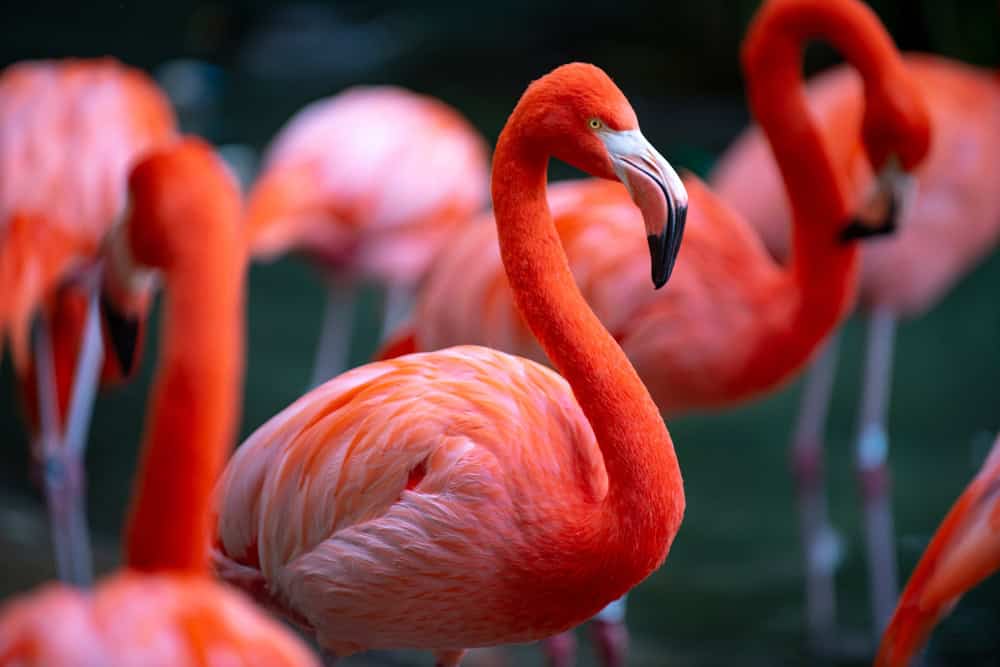
Flamingos are famous for their vibrant pink feathers and synchronized group movements, which are especially stunning during mating displays. These birds perform elaborate dances, often involving hundreds of individuals moving in unison, to attract mates. The sight of a large flock of flamingos wading through shallow waters, reflecting their bright colors against the sky, is a breathtaking scene. Their feeding behavior, where they filter-feed with their heads upside down in the water, adds another layer of visual interest. Capturing the elegance and grace of flamingos on film is a rewarding challenge for any wildlife filmmaker.
African Elephants
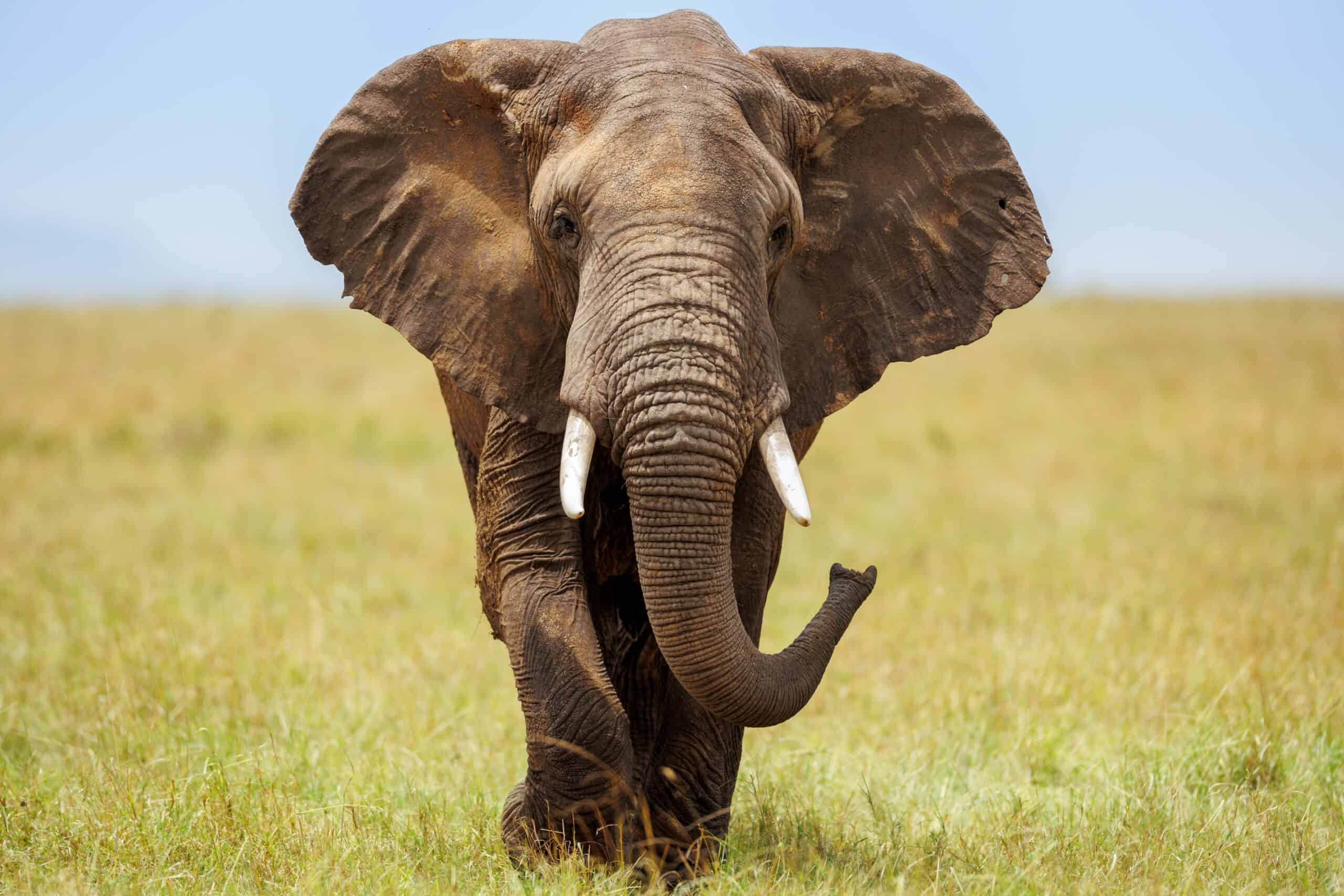
African elephants are renowned for their intelligence, social bonds, and emotional depth, making them one of the most captivating animals to film. Their behaviors range from the playful interactions of calves to the deep, rumbling communications that can travel miles. Observing a herd of elephants working together, whether it’s caring for a newborn or navigating the landscape, offers profound insights into their complex social structures. These giants of the savannah are also known for their remarkable memory and mourning rituals, where they grieve for lost members of their group. Filming elephants reveals the emotional world of one of Earth’s most majestic creatures.
Atlantic Puffins
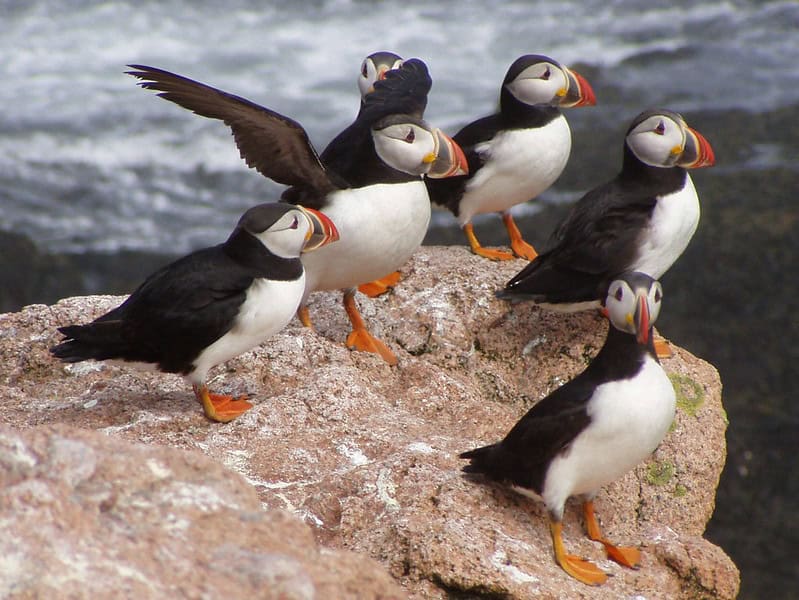
Atlantic puffins are not only charming but also fascinating to observe during their breeding season on coastal cliffs. These seabirds are known for their colorful beaks, which become more vibrant during the mating season, and their comical, yet endearing, flight patterns. Puffins dig burrows in the ground where they lay their eggs, and watching them take care of their young is a heartwarming experience. The contrast between their somewhat awkward movements on land and their expert diving skills in the water is visually striking. Capturing puffins on film offers a blend of humor and beauty set against stunning oceanic landscapes.
Monarch Butterflies
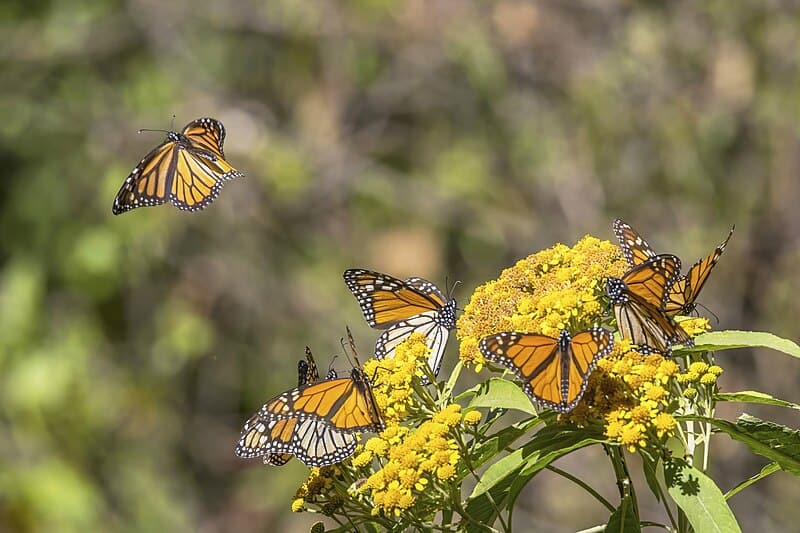
The migration of monarch butterflies is one of nature’s most stunning spectacles, as millions of these delicate insects travel thousands of miles from North America to central Mexico. Their journey is not only long but also fraught with challenges, making their survival and navigation abilities truly remarkable. The sight of thousands of monarchs covering trees in a forest, creating a living, moving tapestry of orange and black, is unforgettable. Their transformation from caterpillar to butterfly, culminating in this epic migration, adds layers of narrative to their story. Filming this migration captures one of the most dramatic and beautiful natural events on the planet.
Great White Sharks
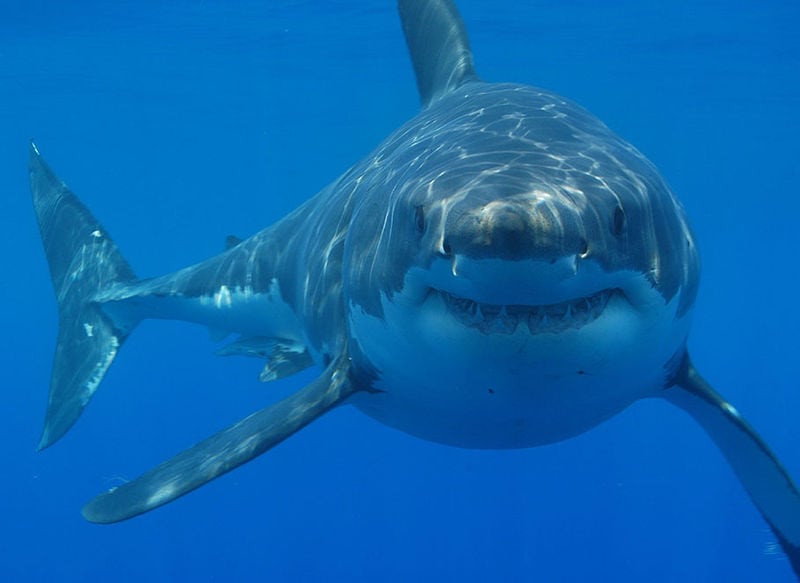
The predatory behavior of great white sharks is both awe-inspiring and terrifying, making them a favorite subject for wildlife filmmakers. Their breaching behavior, where they launch themselves out of the water to catch seals, is one of the most dramatic hunting techniques in the animal kingdom. Filming a great white shark in action, especially during a breach, showcases the raw power and precision of these apex predators. Despite their fearsome reputation, great whites are also curious creatures, often approaching boats or divers with interest rather than aggression. Capturing their movements on film offers a glimpse into the life of one of the ocean’s most iconic and misunderstood animals.
Bowerbirds
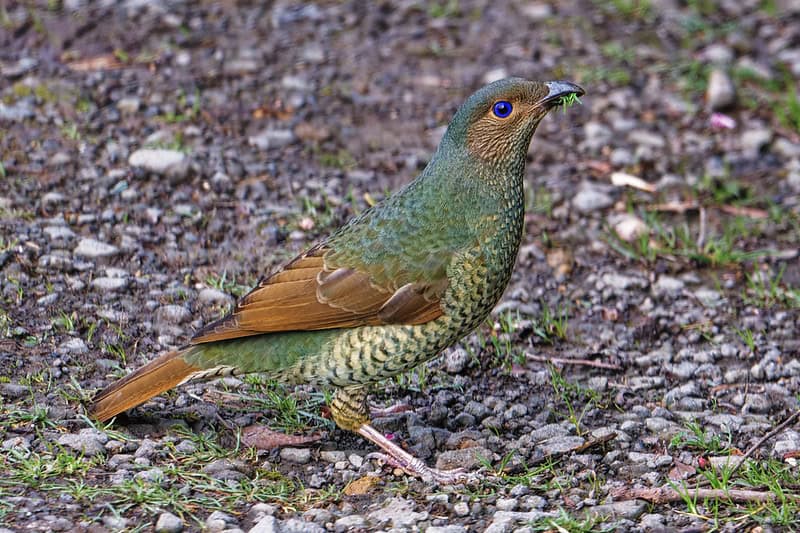
Bowerbirds are known for their incredible courtship behavior, where males build elaborate structures, called bowers, and decorate them with colorful objects to attract females. These displays are a mix of architecture and art, with each species of bowerbird having its own unique style. The males meticulously arrange objects like flowers, berries, and even discarded plastic to create an appealing visual display. Watching a bowerbird at work is a testament to the lengths animals will go to attract a mate. Filming this behavior offers a fascinating look at the intersection of instinct and creativity in the animal world.
Blue Whales

Blue whales, the largest animals on Earth, are known for their deep, resonant calls that can be heard across vast distances underwater. These vocalizations, used for communication and possibly navigation, are a haunting and beautiful aspect of their behavior. Filming a blue whale as it surfaces to breathe, revealing its massive size and power, is a humbling experience. Their feeding behavior, where they lunge through dense schools of krill with their mouths wide open, is another stunning sight to capture on film. Observing and recording the behaviors of these gentle giants offers a rare glimpse into the life of one of the ocean’s most magnificent creatures.
Golden Eagles
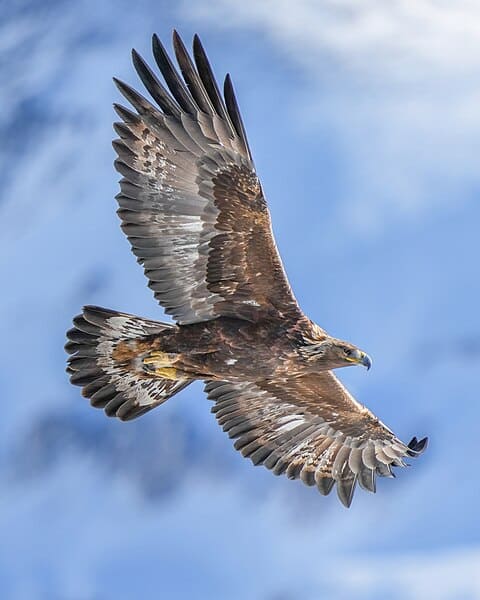
Golden eagles are among the most powerful birds of prey, known for their hunting prowess and majestic soaring flights. Watching a golden eagle dive at incredible speeds to catch its prey is a breathtaking moment that highlights its strength and agility. These eagles are also highly territorial, and their aerial displays to ward off rivals are both dramatic and visually stunning. Their sharp eyesight allows them to spot prey from great distances, making them efficient hunters. Filming a golden eagle in its natural habitat captures the raw power and grace of one of nature’s most formidable predators.
Woodpeckers
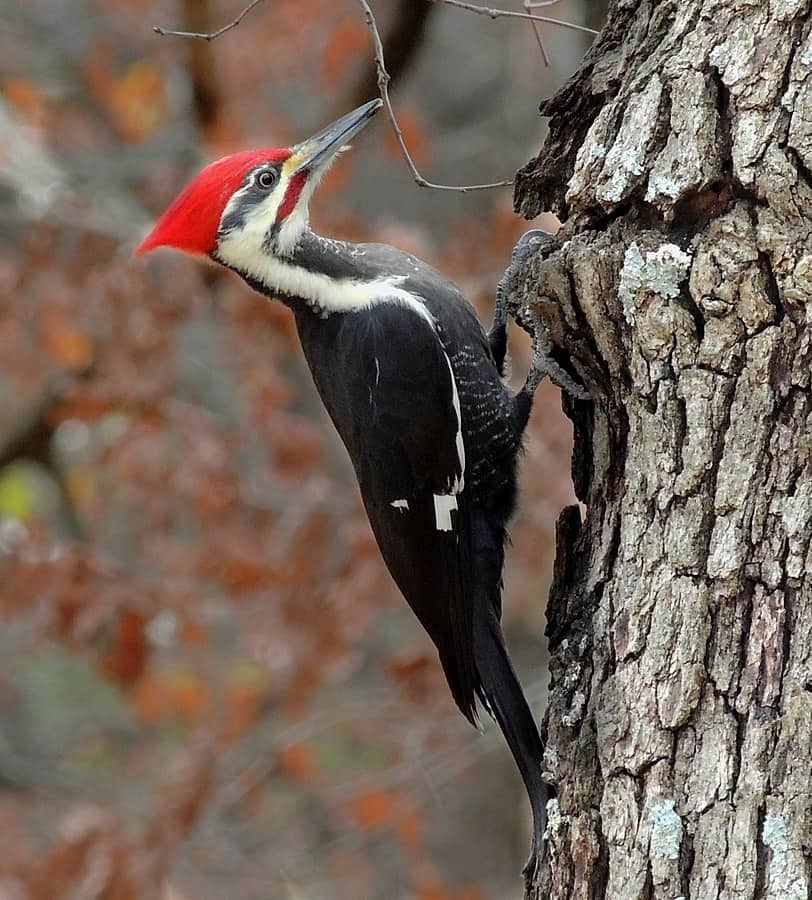
Woodpeckers are known for their distinctive drumming behavior, where they tap on tree trunks to communicate and find food. This rhythmic pecking is not only a means of survival but also a territorial display that echoes through the forest. The sight of a woodpecker methodically chiseling away at bark, with chips flying in all directions, is both mesmerizing and impressive. These birds have specially adapted skulls and tongues to withstand the impact and extract insects from deep within trees. Capturing a woodpecker in action on film showcases the incredible adaptations that allow these birds to thrive in their environments.
Gelada Monkeys
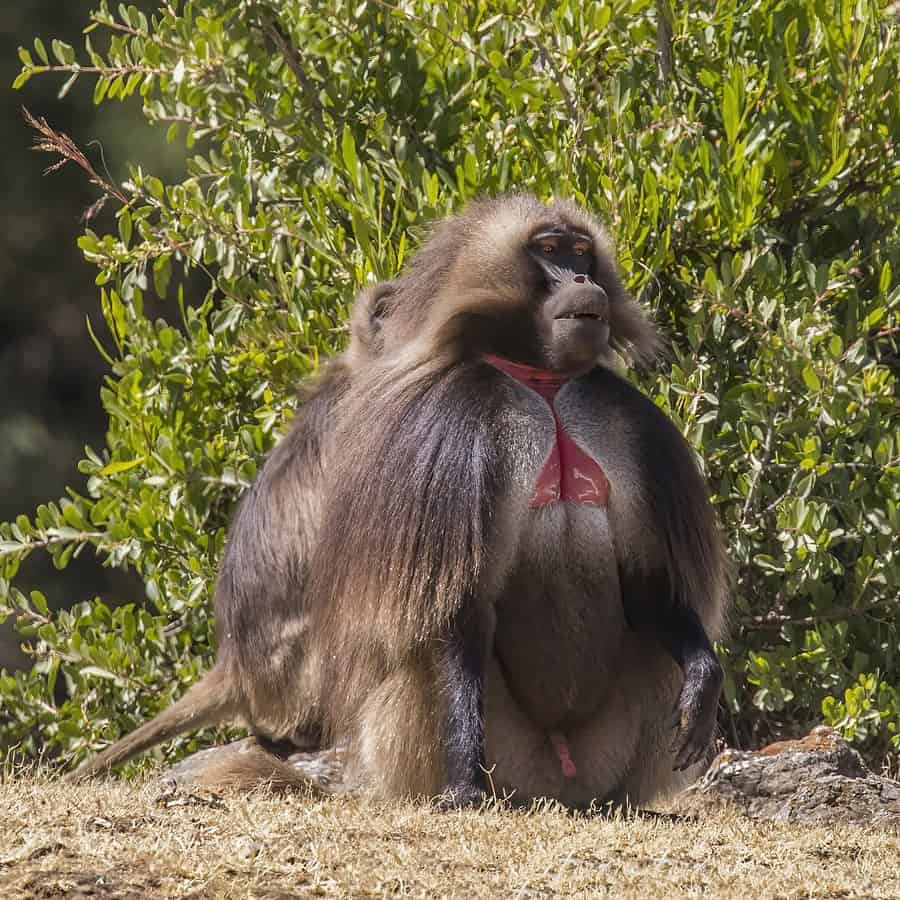
Gelada monkeys, found in the highlands of Ethiopia, exhibit a unique form of communication that involves complex vocalizations and facial expressions. These “bleeding-heart” monkeys, named for the red patch of skin on their chests, live in large social groups with intricate social structures. Watching their daily interactions, from grooming to mock fights, provides insight into their highly social nature. Geladas also have a distinctive way of moving, sitting on their haunches and shuffling along the ground, which adds to their unique appearance. Filming gelada monkeys offers a chance to explore the rich social lives of one of the world’s most fascinating primates.
Octopuses
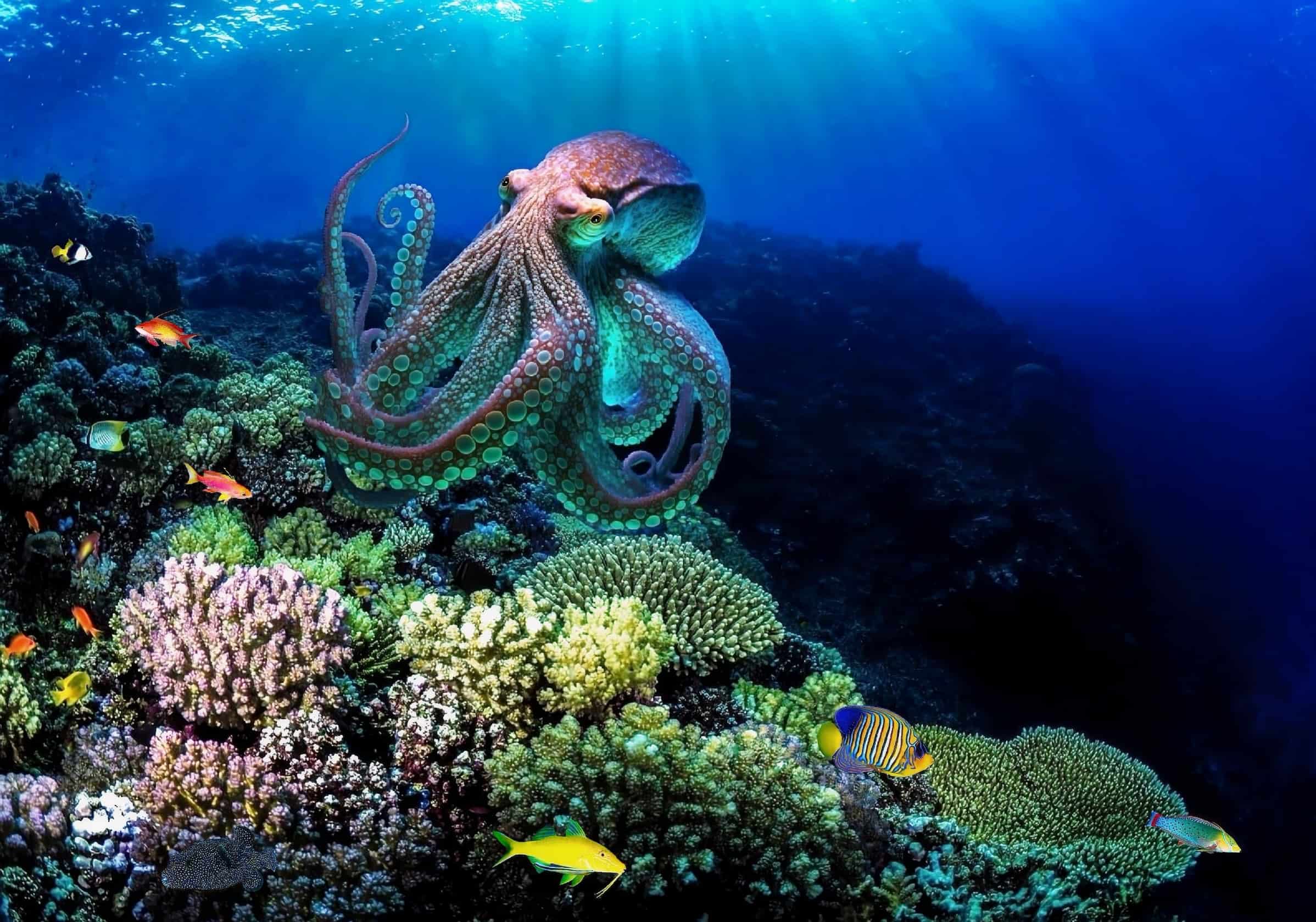
Octopuses are renowned for their intelligence and ability to change color and texture to blend into their surroundings, making them masters of disguise. Their behavior includes problem-solving, escape artistry, and even playing, which reveals their complex cognitive abilities. Watching an octopus squeeze through a tiny crevice or manipulate objects with its tentacles is a fascinating experience. Their ability to mimic other sea creatures or completely disappear into the environment makes them one of the most intriguing animals to observe. Filming octopuses in action offers a rare glimpse into the life of one of the ocean’s most mysterious and intelligent invertebrates.
This article originally appeared on Rarest.org.
More From Rarest.Org

Historic ceramics and pottery hold a special place in the world of collectibles. These pieces are not just art; they tell stories of ancient civilizations and craftsmanship. Collectors prize them for their beauty, history, and rarity. Read more.
Sports apparel is a booming industry, with certain brands leading the charge in profitability. These companies have carved out a significant place in the market, offering products that appeal to both athletes and casual wearers alike. Read more.
Contemporary art constantly pushes the boundaries of creativity. Artists today use unexpected materials to challenge conventional notions of what art can be. Read more.


